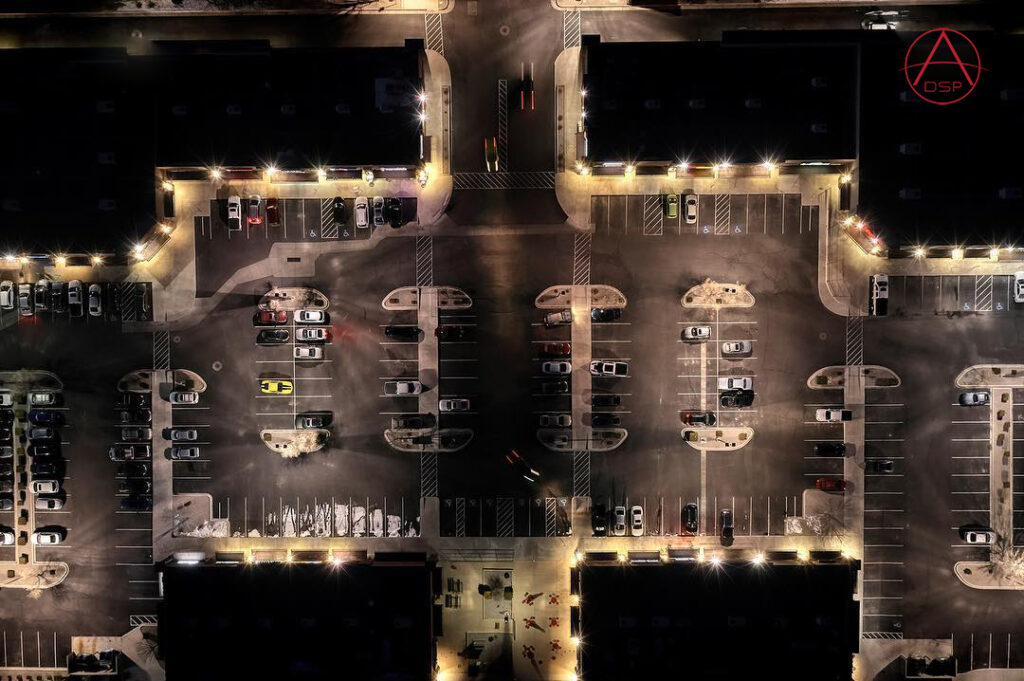This is JUST NOW released so details to follow ASAP!

 dspalliance.org
dspalliance.org
*Fixed error in duplicate links... sorry*
Remote Identification. A good start from DSPA
New Rules for Ops Over People (& RID) from DSPA
New Rules for Ops Over People (& RID) – Drone Service Providers Alliance
Nights Ops and Recurrent Training from DSPA

Nights Ops and Recurrent Training - Drone Service Providers Alliance
Part of the new rules put out on 12/28/20 by the FAA include night operations without a waiver, operations over people without a waiver, and recurrent training instead of recurrent testing. For night ops, it should be fairly straight forward. Instead of requiring a waiver to fly at night under...
*Fixed error in duplicate links... sorry*
Last edited:









